If your idea of Lebanese food is dominated by hummus,baba ghanouj, tabbouleh and grilled kebab this modest recipe that we call in Lebanon mujadara msafaieh مجدره مصفايه, will be an eye-opener, and it’s just one example of how healthful Lebanese food can be. It’s a poor peasant recipe, with few humble ingredients and lean direction, but I promise mujadara msafaieh is impressive on your taste buds— it is budget-friendly, nutritious and so satisfying!

Mujadara msafaieh is an oldie! A Lebanese culinary staple that nourished my grandmother’s grandmother and has been consumed in for centuries, yes, we are a lentil eating culture and luckily, today the lentil is again on the front lines as the pulse market is increasing worldwide. Lentils have no saturated fats and additives that raise the risk of cancer or heart disease. They are a rich source of nutrition providing protein, fiber and numerous minerals, plus they are one of the quickest cooking pulses around, making them ideal quick dinner fare, and mujadara msafaieh is a fair example! It is earthy and vegan!

Growing up, my mom would make it whenever I got sick due to its rich source of nutrition providing protein, fiber, and numerous minerals, plus something easy to swallow on a sick day. Maybe back then this wasn’t my favorite meal, but it was calming and nourishing enough to sustain me through the worst of a fever! But, by time I grew to love mujadara in all its versions, including this simple yet so satisfying meal, especially during the winter, when sunlight is scarce, homey dinners are what I crave.

Musafaieh is not your classic pilaf style mujadara, it is meant to have a soft, silky pudding-like consistency, similar to mujadar makboussa with even a silkier texture. It is comforting to eat and comforting to cook and it’s actually quite simple to make with just a few ingredients. The only thing to keep in mind is that it requires frequent stirring once you add the rice, to avoid the mujadara from catching on the bottom of the pot. It makes an excellent addition to your weeknight cooking rotation. Every time I dip my spoon in to check that it is done, I often take a few bites, each spoonful will feel like a warm hug from the inside.
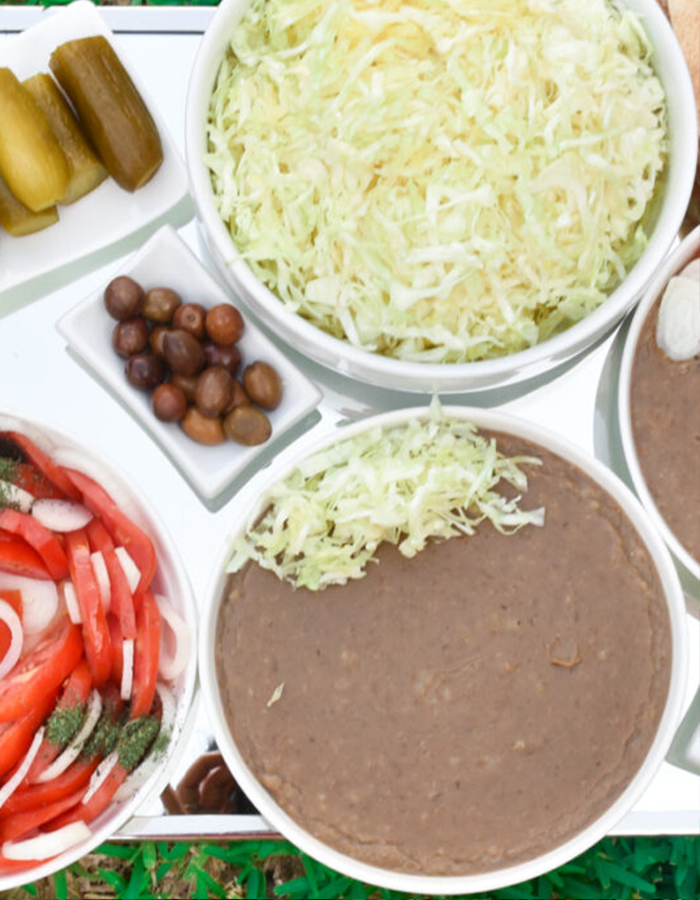
Pair your mujadara msafaieh with a Lebanese salad, the signiture tangy flavors and juices in Lebanese salads will balance out the mujadara.
Mujadara msafieh gets its deep flavors when paired with salads like, fattoush, Middle Eastern salad, but my very favorite is the citrus Lebanese-style colslaw cabbage salad.The cabbage salad is light (no mayonnaise involved) and a bit sharper than most coleslaw which is a good thing if you’re pairing it with all mujadara versions including mjadara msafaieh! It is incredibly easy to make. The cabbage leaves add crunch and the bold garlicky lemon dressing adds so much flavor to mujadara msafaieh, making it a refreshing addition!
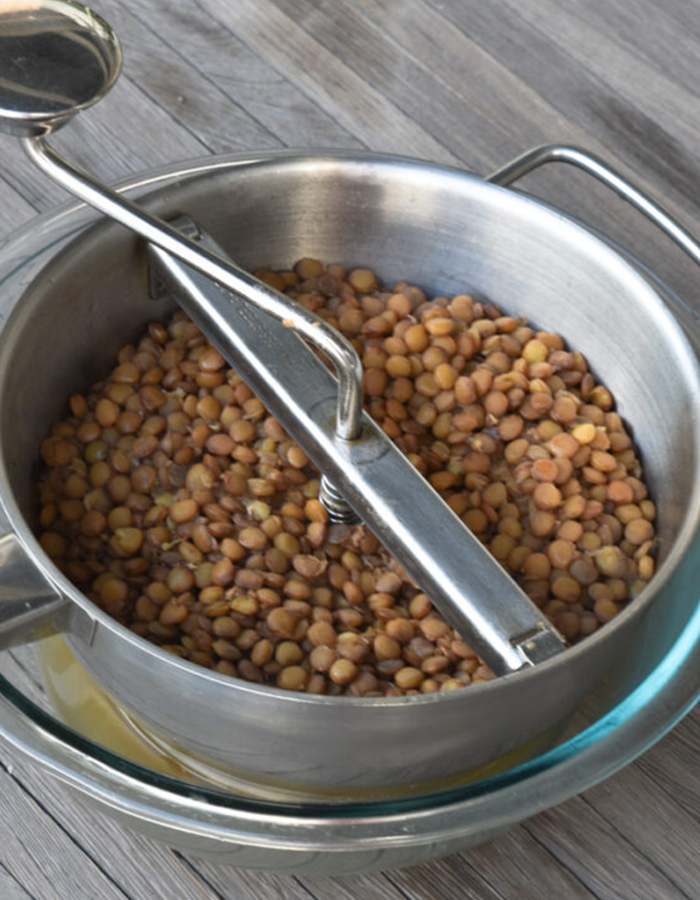
Our grannies used to process mujadara msafaieh with a food mill, it is a great tool to strain foods for a very smooth consistency. A food mill uses a crank with a blade attached to mash and strain food, it presses the food through its tiny holes, ensuring this food reaches a creamy, velvety consistency, but after testing with an immersion blender the result was satisfying, unlike the Lebanese brown lentil soup or the Middle Eastern red pepper paste.

Cumin powder or freshly grated black pepper?
Both are flavor enhancers that drastically compliment lentil dishes. It is common practice to add cumin powder in mujadara msafaieh, and although I love cumin in soups and tons of dishes, I gravitate more to freshly grated black pepper, specifically in this recipe. It adds a pungent and aromatic piquancy! I appreciate how even a few flakes can elevate the flavor of mujadara msafaieh. Black pepper should be freshly done since grounded or powered pepper tends to lose its flavor very fast.

And now let’s get started!
Check the lentils for any small stones, rinse them in a mesh-sieve under cold running water, drain and place in a large pot. Wash the rice in a sieve under running water and drain. Add the water to the pot and cook over high heat. Upon boiling, cover the pot and reduce heat to low and leave it to cook for about 1 hour until the lentils are ultra soft at this stage.
Prepare your hand mill: I usually secure the food mill above a large glass or ceramic bowl, pour the lentils with their broth in batches. Turn the crank and the blade will puree the lentil soup through the holes in the disc. Keep turning until you have blended all, making sure to scrape any remaining soup off the bottom. Alternatively, use an immersion blender to puree the lentils.Return the pureed lentils to a large pot and add the rice and salt and bring to a boil, reduce heat to low and leave to cook for about 30 minutes, making sure to stir frequently to avoid the mujadara from catching on the bottom of the pot. The consistency of the mujadara msafaieh should be somehow similar to polenta or creamy puddings. Now here use your common sense to judge the consistency, note that it will thicken up upon cooling. If for any reason it is too thick, simply add 1/4 cup of water or maybe a bit more, it won’t affect the end result of the mujadara. On the other hand, if it turns out thin and a bit watery, let the excess liquid evaporate away by bringing the mujadara to simmer until the desired consistency.
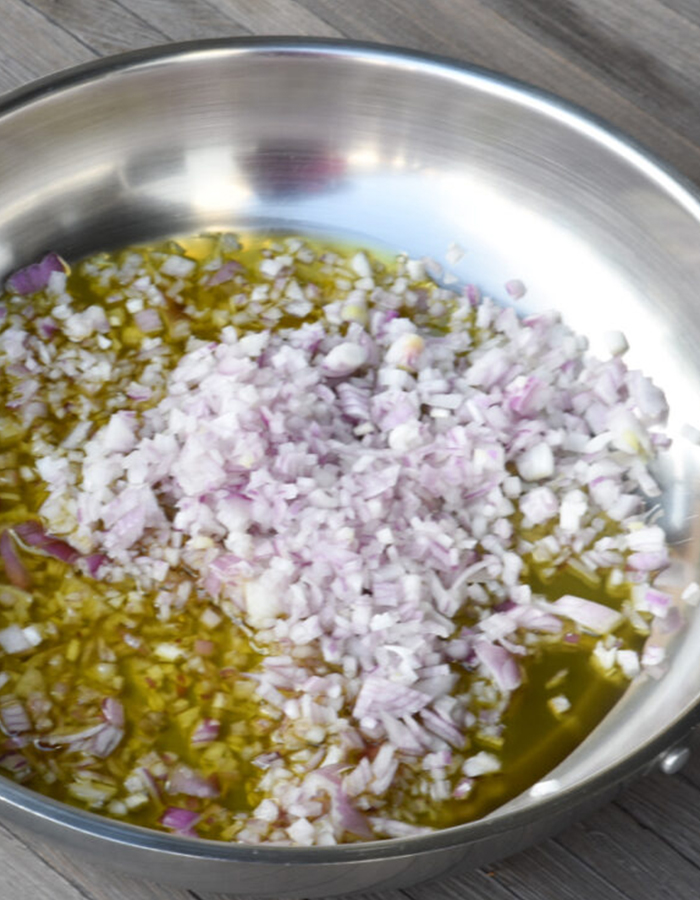
Meantime, in a large skillet, add the olive oil and chopped onions and cook over medium heat, stirring regularly until the onions get lightly browned. Add to the lentils and stir to homogenize, cook for one more minute while stirring. Adjust the freshly grated black pepper to your taste preference (I like a generous dash of freshly grated black pepper). Ladle the mujadara msafaieh in individual paltes and serve warm or cold with tomato wedges, onions, pickles, Lebanese cabbage salad/ fattoush/ Middle Eastern salad and Lebanese bread.

Serve mujadara msafaieh with tomato wedges, onions and Lebanese pickles. They will take your mujadara to another level.

To make the Lebanese cabbage salad: Quarter the cabbage through the core, and then cut out the core. Cut each quarter crosswise in half and finely shred.
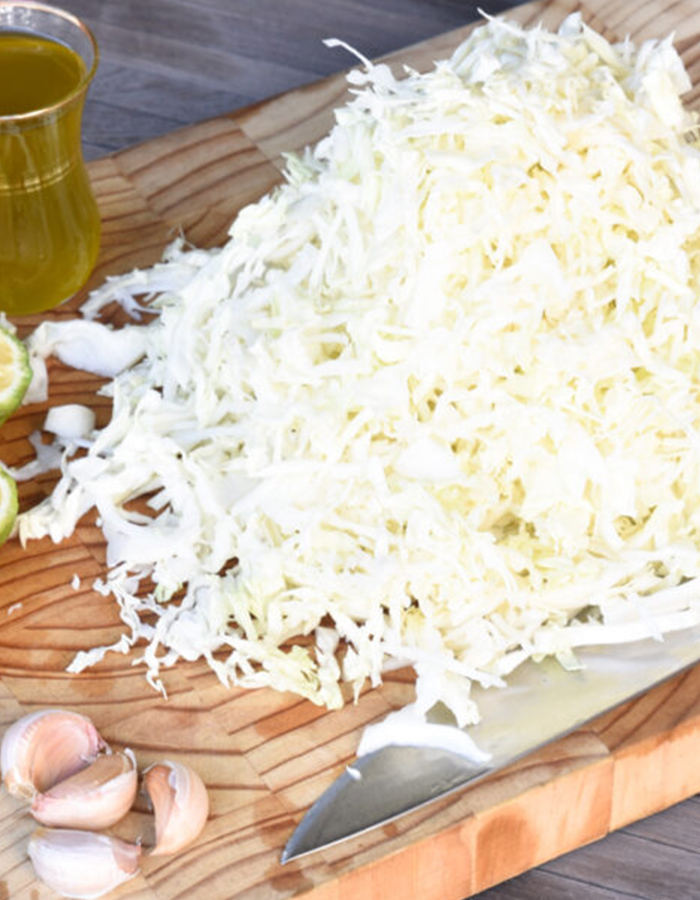
To make the dressing: combine together the crushed garlic, lemon juice, salt and olive oil. Pour the dressing over the shredded cabbage and mix well to homogenize. Serve directly or refrigerate for 1 hour before serving to allow flavors to blend.

Check these lentil recipes that are brimming with flavor!
- Mujadara Hamra
- Bulgur Mujadara
- Mujadara makbousa
- Adas Bhamod (Lebanese Sour Lentil Soup with Swiss Chard)
- Lebanese Red Lentil Soup
- Lebanese Brown Soup
- Autumn Salad with Lentils, Pomegranates and Apples
Mujadara Msafaieh/ Lentil Puree Mujadara
Description
Equipment
- hand mill, or immersion blender
Ingredients
For the mujadara msafaieh
- 2 cup brown or green lentils
- 10 cups water
- 1/2 cup short-grain rice Egyption or Arborio rice
- 2 large onions finely chopped
- 1/2 cup olive oil
- 2 leveled teaspoon salt or to taste
- Freshly grated black pepper
For the Lebanese cabbage colslaw (Salatet Malfouf):
- A head of cabbage about 800 grams
- 3 large garlic cloves crushed
- 1/3 cup olive oil
- 1/4 cup freshly squeezed lemon juice
- 1 leveled teaspoon of salt or to your taste preference
Instructions
- Check the lentils for any small stones, rinse them in a mesh-sieve under cold running water and drain.
- Wash the rice in a sieve under running water and drain.
- Place the lentils and water in a large pot and cook over high heat. Upon boiling, cover the pot and reduce heat to low and leave it to cook for about 1 hour until the lentils are ultra soft.
- Prepare your hand mill: Secure the food mill above a large glass or ceramic bowl, pour the lentils with their broth in batches. Turn the crank and the blade will puree the lentil through the holes in the disc. Keep turning until you have blended all, making sure to scrape any remaining off the bottom. Alternatively, use an immersion blender to puree the lentils.
- Return the pureed lentils to a large pot and add the rice and salt and bring to a boil, reduce heat to low and leave to cook for about 30 minutes, making sure to stir frequently to avoid the mujadara from catching on the bottom of the pot. The consistency of the mujadara msafaieh should be somehow similar tor creamy puddings. Now here use your common sense to judge the consistency, note that it will thicken up upon cooling. If for any reason the mujadara is too thick, add 1/4 cup of water or maybe a bit more, it won’t affect the end result. On the other hand, if it turns out thin and a bit watery, let the excess liquid evaporate away by bringing the mujadara to simmer (uncovered) until the desired consistency, stirring all the time.
- Meantime, in a large skillet, add the olive oil and chopped onions and cook over medium heat, stirring regularly until the onions get lightly browned. Add to the lentils and stir to homogenize, cook for one more minute while stirring. Adjust the freshly grated black pepper to your taste preference (I like a generous dash of freshly grated black pepper). Ladle the mujadara msafaieh in individual plates and serve warm or cold with tomato wedges, onions, Lebanese pickles, lebanese cabbage salad/ fattoush/ Middle Eastern salad and Lebanese bread.
To make the cabbage salad
- Quarter the cabbage through the core, and then cut out the core. Cut each quarter crosswise in half and finely shred. To make the dressing: combine together the crushed garlic, lemon juice, salt and olive oil. Pour the dressing over the shredded cabbage and mix well to homogenize. Serve directly or refrigerate for 1 hour before serving to allow flavors to blend.
- Storage: Refrigerate for up to 4 days.


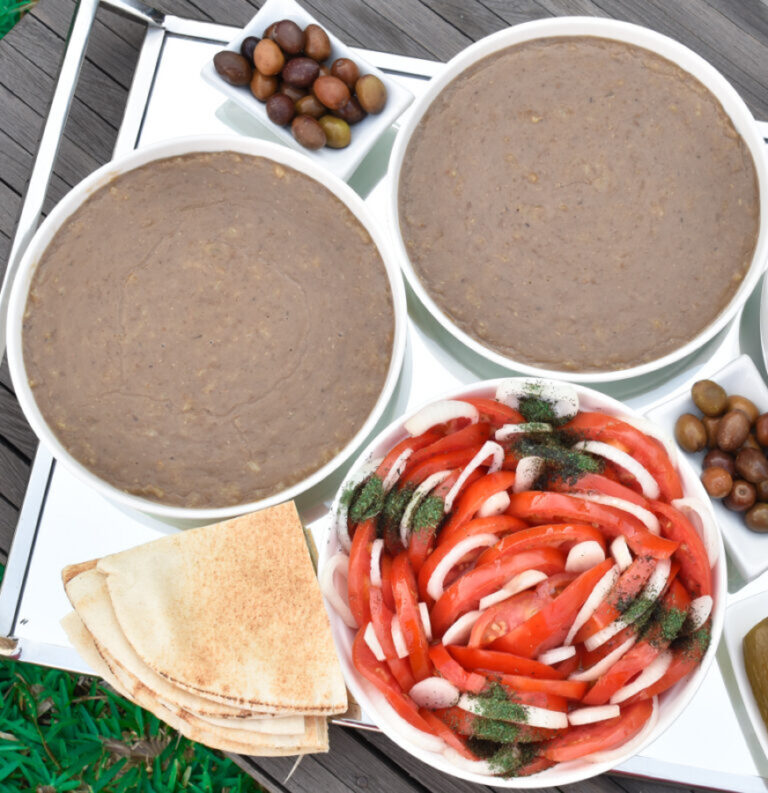
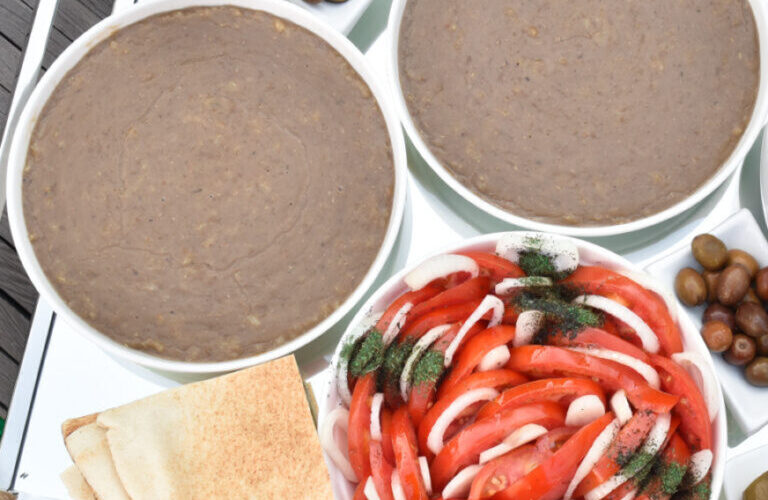
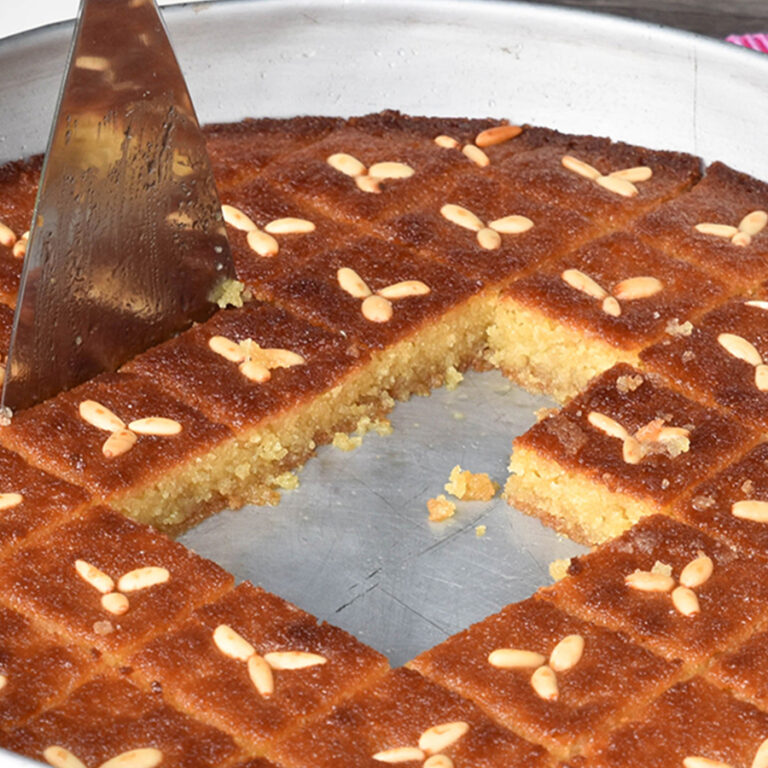
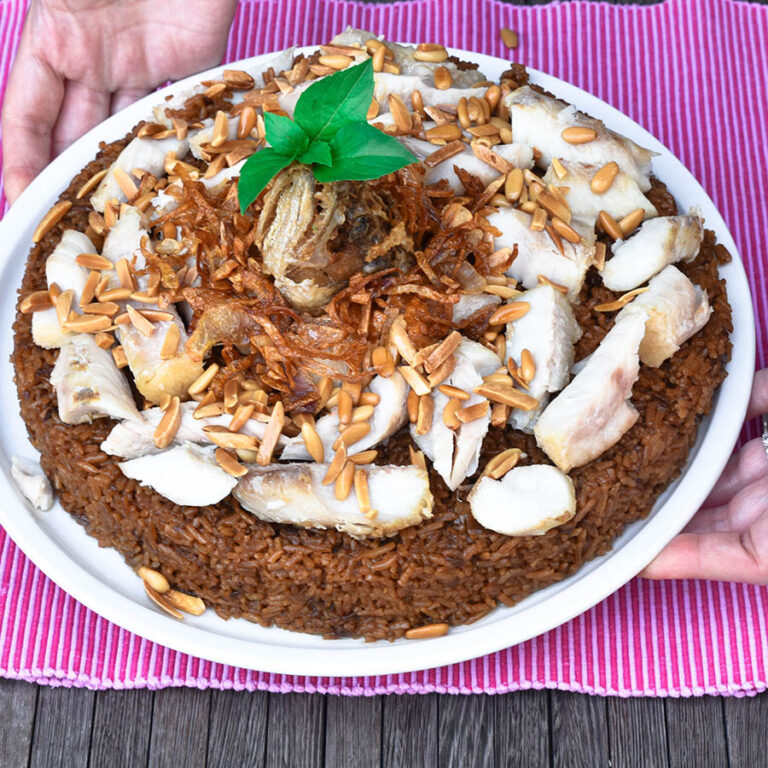
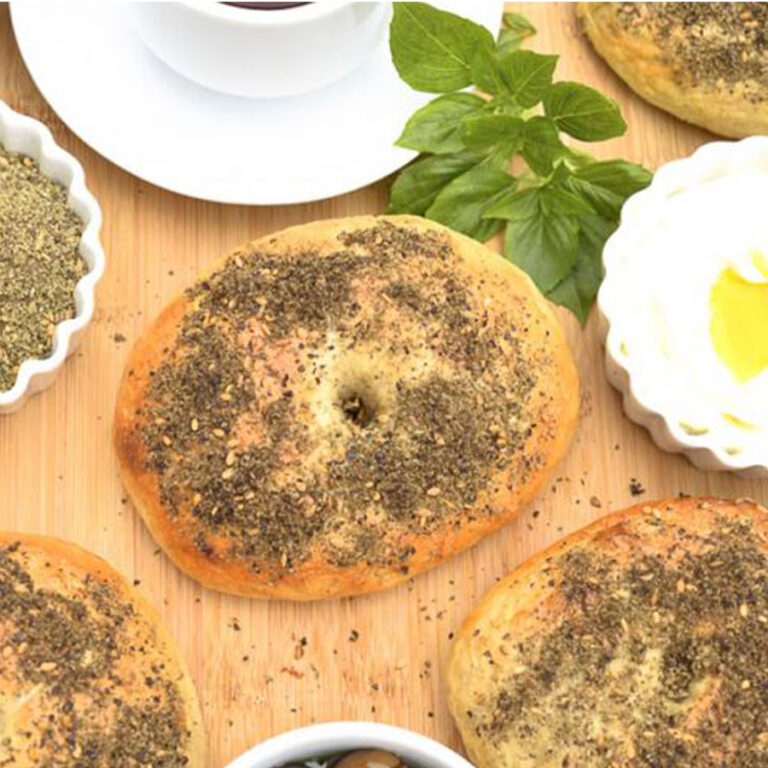
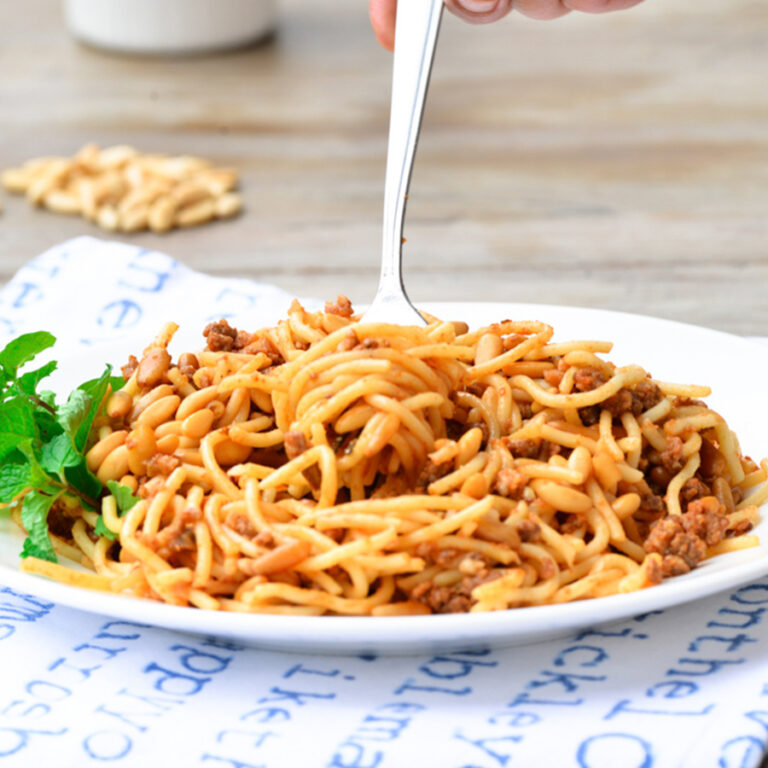

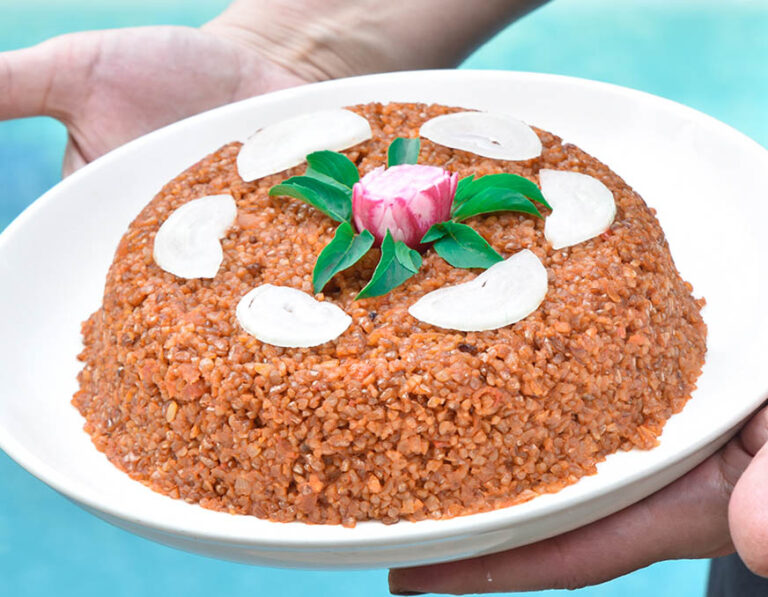
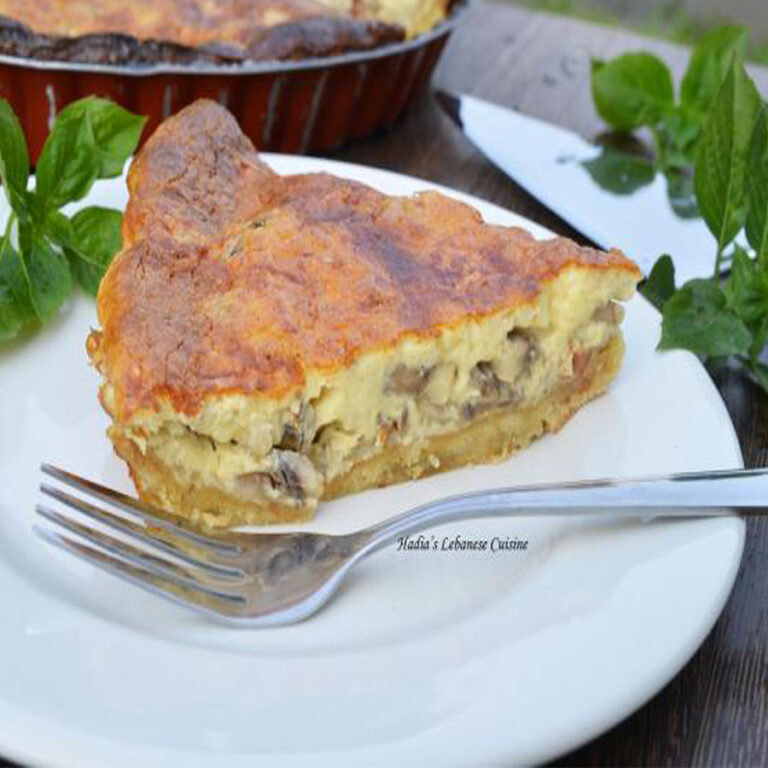

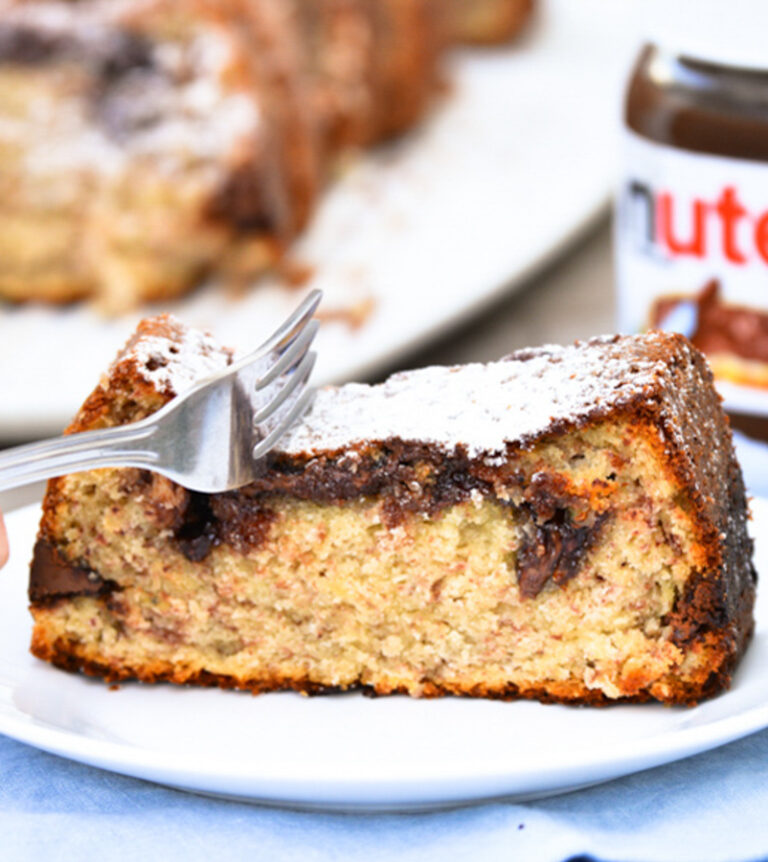



















2 Comments
I have a question about the salted malfouf. In the recipe it says, “1 leveled teaspoon or to your taste prefence” is of what? Salt?